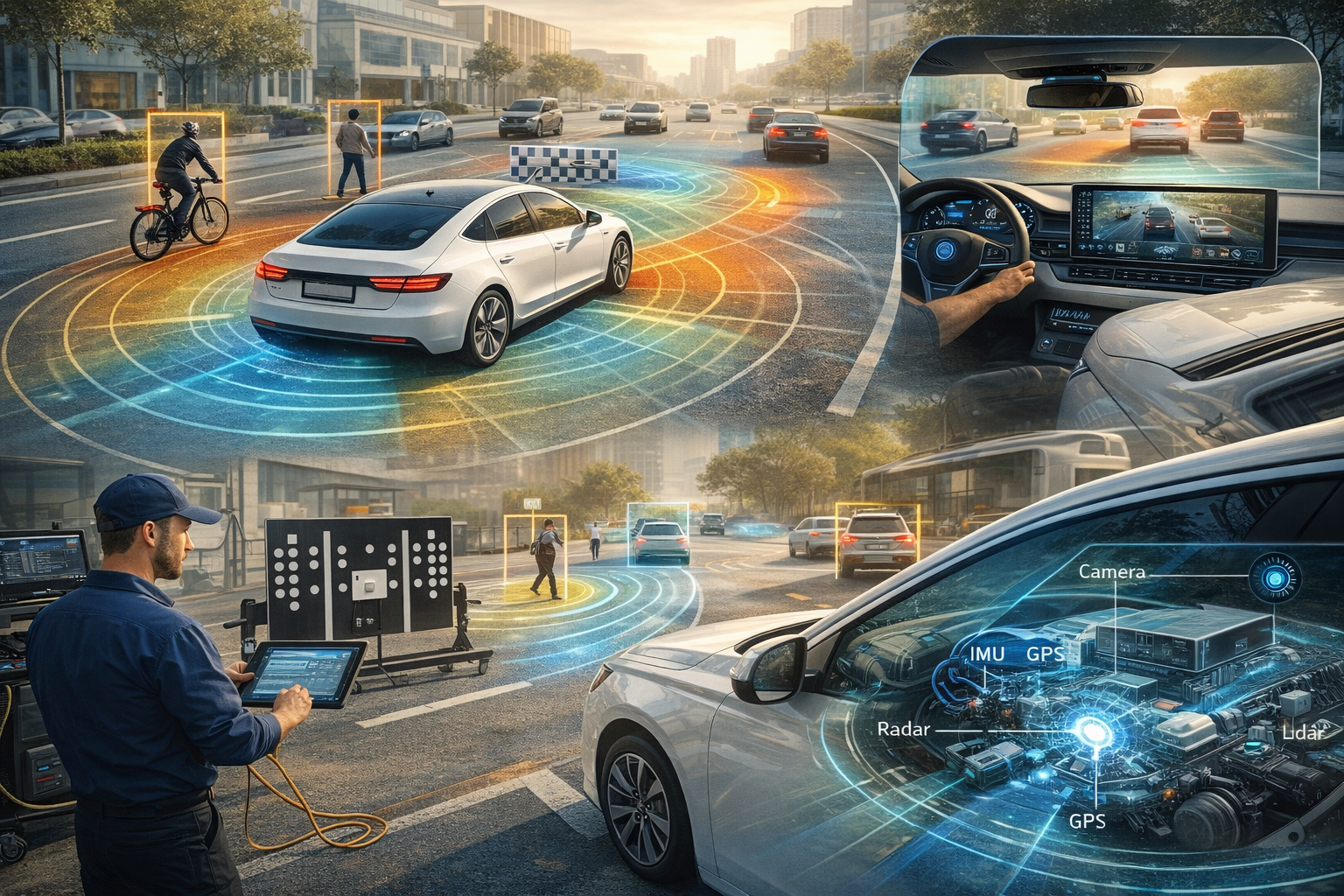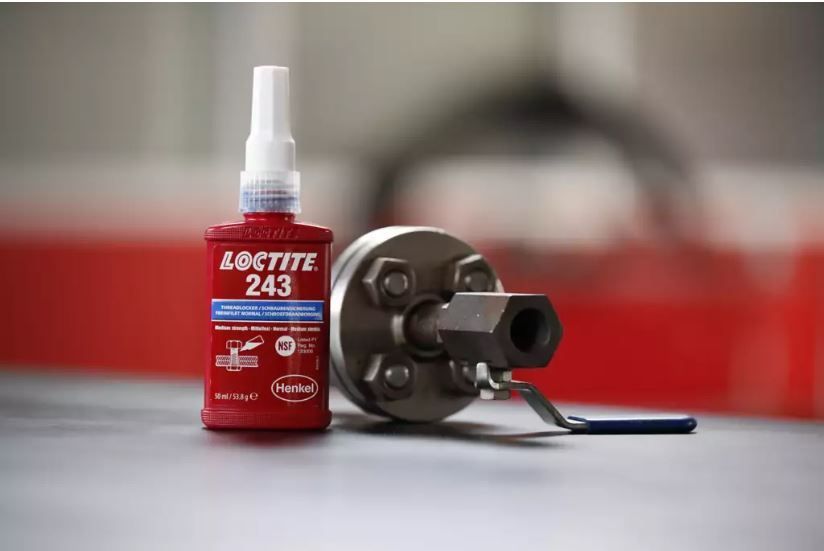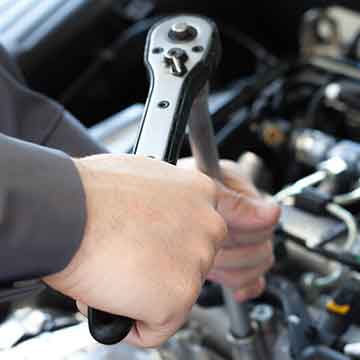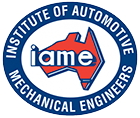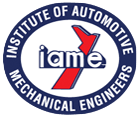Zeekr's Entrance Signals China's Next Move in Australia's Automotive Market
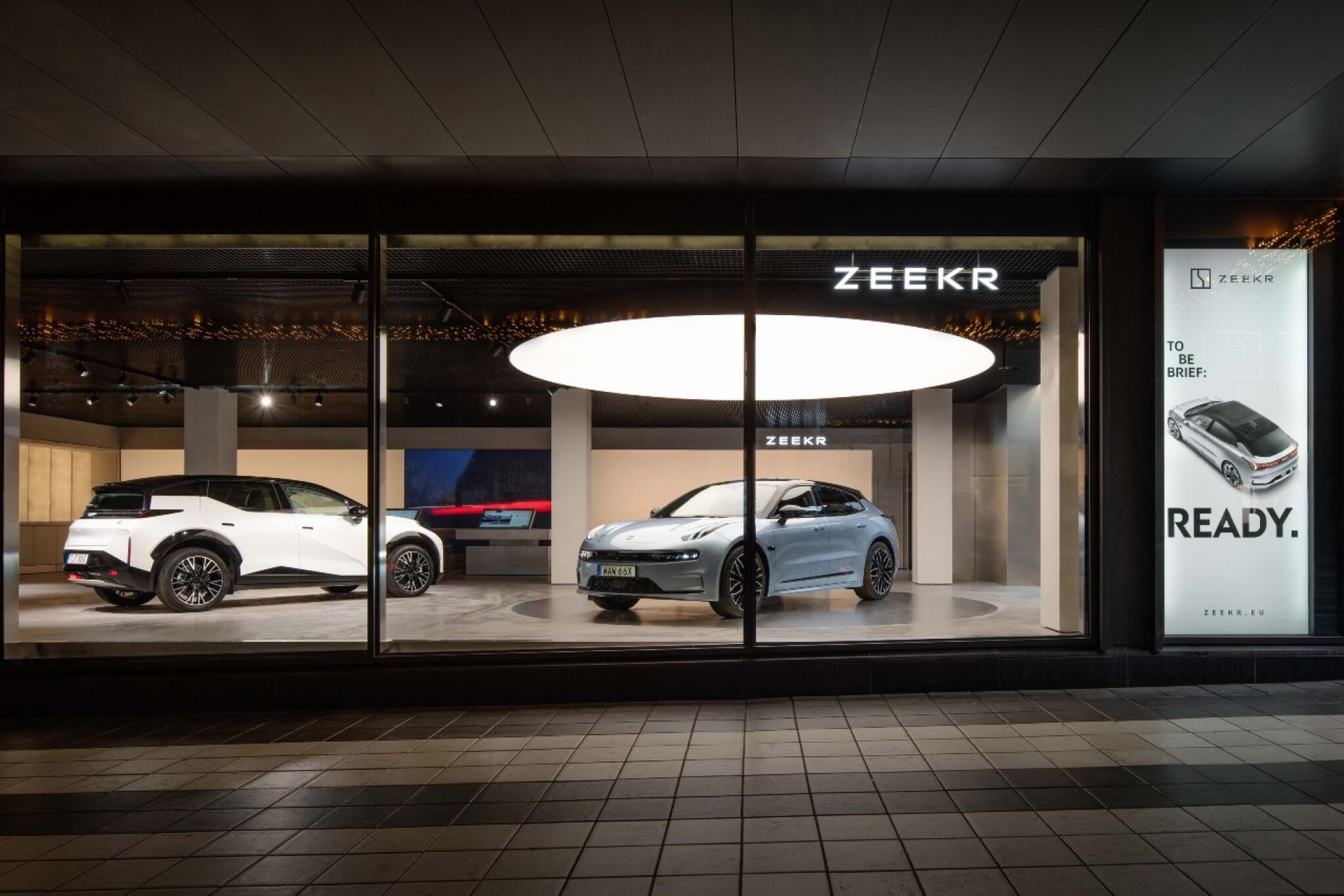
In a dynamic landscape where automotive innovation and competition intersect, China's presence continues to grow on the global stage. The latest contender to emerge is Zeekr, positioning itself as the next challenger in Australia's automotive market. With ambitions to disrupt the status quo and carve out a significant market share, Zeekr's entry promises to shake up the industry Down Under.
Zeekr, an electric vehicle (EV) brand backed by Chinese automotive giant Geely, has set its sights on expanding its footprint beyond its domestic market. Australia, with its growing interest in sustainable transportation and government initiatives to promote EV adoption, presents a ripe opportunity for Zeekr to make its mark.
The confirmation of Zeekr's foray into Australia underscores several key trends shaping the automotive industry:
Rise of Electric Vehicles: As countries worldwide pivot towards greener transportation solutions to combat climate change, the demand for electric vehicles continues to soar. Zeekr's focus on electric mobility aligns with Australia's evolving preferences and regulatory landscape, positioning the brand strategically in the market.
Chinese Automotive Innovation: China has emerged as a hub for automotive innovation, with companies like Geely spearheading advancements in electric and autonomous technologies. Zeekr's entry into Australia underscores China's ambition to export its technological prowess and compete with established players in mature markets.
Shift in Consumer Preferences: Australian consumers are increasingly prioritizing sustainability and eco-friendliness in their purchasing decisions. Zeekr's lineup of electric vehicles, boasting impressive performance, range, and cutting-edge features, caters to this evolving consumer sentiment.
Competition and Disruption: The automotive market in Australia has traditionally been dominated by established players from Japan, Europe, and the United States. Zeekr's entrance injects a new level of competition and disruption, challenging incumbents and potentially reshaping the competitive landscape.
Zeekr's strategy for success in Australia will likely hinge on several critical factors:
Product Differentiation: With a crowded market and discerning consumers, Zeekr must differentiate its offerings to stand out. This could involve emphasizing unique features, design elements, or pricing strategies that appeal to Australian buyers.
Brand Building and Awareness: Establishing brand recognition and trust will be essential for Zeekr to gain traction in a competitive market. Strategic marketing campaigns, partnerships, and a strong online presence can help elevate Zeekr's visibility and credibility among Australian consumers.
Investment in Infrastructure: A robust charging infrastructure is crucial to the widespread adoption of electric vehicles. Zeekr may need to collaborate with government agencies and private stakeholders to expand Australia's charging network, ensuring seamless access for EV owners.
Customer Experience and Support: Providing exceptional customer service and support is paramount, especially in a nascent market segment like electric vehicles. Zeekr must prioritize after-sales service, warranty coverage, and dealership support to foster customer satisfaction and loyalty.
As Zeekr prepares to make its mark on Australia's automotive landscape, the industry awaits with anticipation. The brand's success in penetrating and thriving in this competitive market will not only demonstrate China's automotive prowess but also shape the future of mobility in Australia. As the automotive industry continues to evolve, Zeekr's entrance serves as a testament to the dynamic nature of innovation, competition, and global collaboration in driving progress forward.
